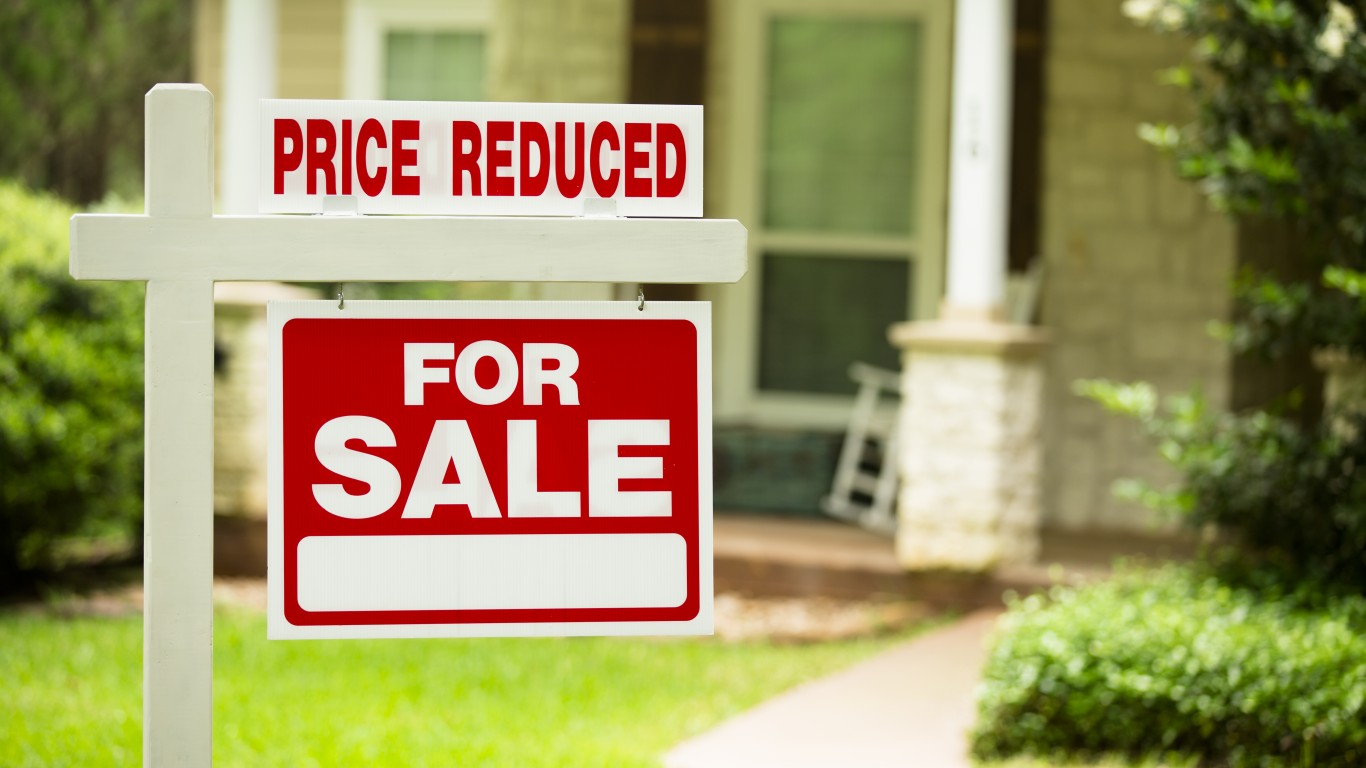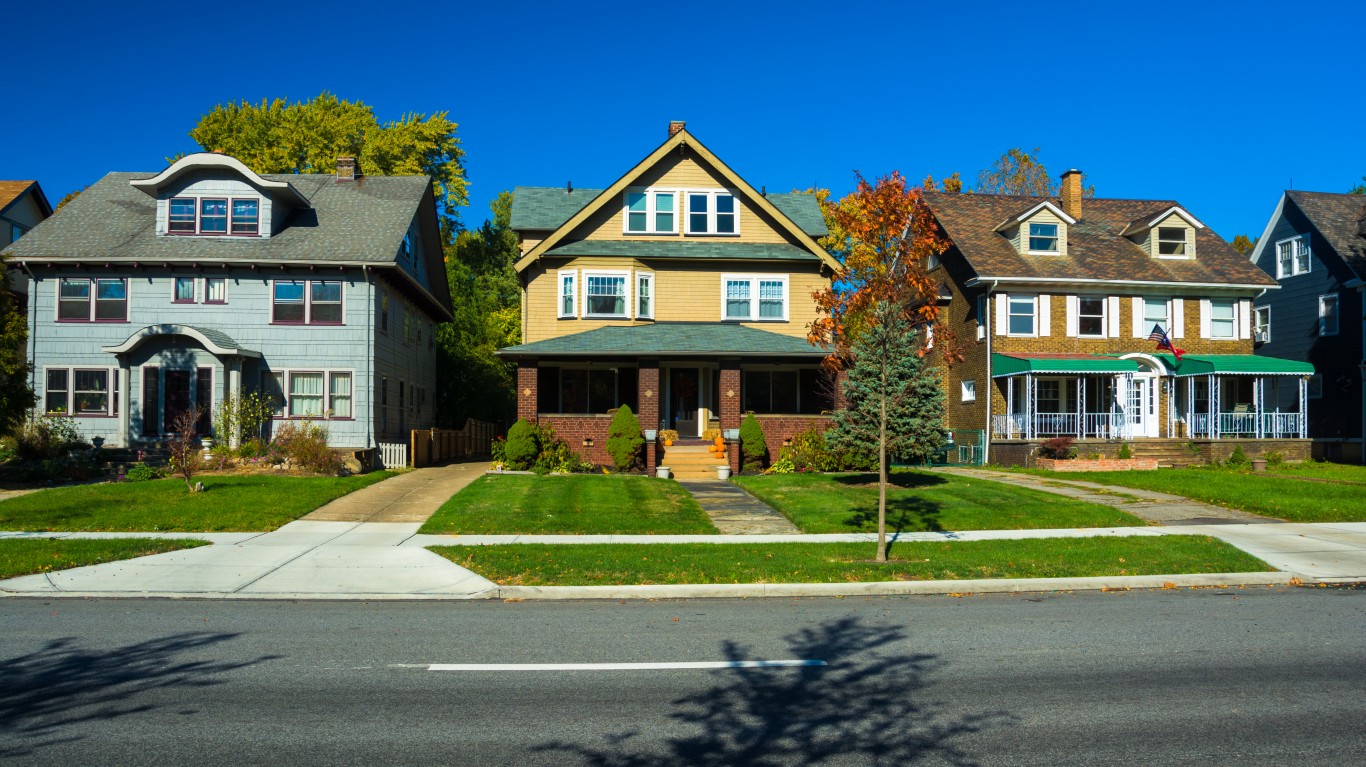This morning’s July data for existing home sales, or used homes, posted another gain and this makes it the fourth consecutive month, according to the National Association of Realtors. This created more excitement in the markets and in everything tied to property. The SPDR S&P Homebuilders (NYSE: XHB) is up 3.9% at $15.38 and the iShares Dow Jones US Home Construction (NYSE: ITB) is up 4.7% at $13.13. Even the Ultra Real Estate ProShares (NYSE: URE), which seeks pre-fee and pre-expense moves of twice the daily performance of the Dow Jones U.S. Real Estate index, is up big by 6.1% at $5.78 despite this not being an apples-to-apples comparison. It is easy to point to figures for support or contradiction to any trend, but in reality we want to see if this excitement is real or if this is just another temporary sham in housing.
Sales of single-family houses, town houses, and condo/co-ops rose this morning to 5.24 million units on an annualized basis. This is compared to a revised June figure of 4.89 million units on an annualized basis. This also represents a 5% gain compared to July 2008. Foreclosures and short sales were 31% of the sales and the median price was down 15% from July 2008 to $178,400.00. Housing inventory figures also rose by more than 7% to 4.09 million coming to 9.4 months of supply, and that is reflective of the waves and waves of continued problems.
The chief economist of NAR said, “The housing market has decisively turned for the better.” But attributed to this figure was the combination of first time buyers locking in that tax credit ahead of November 30, 2009 and much lower prices are leading to higher sales.
Regionally, this shows continued gains but concerns in some troubled markets: +13.4% in Northeast, +10.9% in the Midwest and +7.1% in the South. The West is still in decline with a -1.7% drop.
But there are issues with these numbers. Affordability is rising, but sellers are still having major problems selling their houses. Comparable appraisals are tanking, and buyers are having their loans fall through in the hours and days before the closing dates.
Just this morning we noted a rise in the delinquency rates of jumbo and prime mortgages…. This follows reports of foreclosures being up huge in July as well. Warren Buffett recently trimmed his stake in Home Depot Inc. (NYSE: HD). Another recent report from Tulia showed that the aggregate amount of price drops in the last year was some $27.8 billion. Prices are expected to fall further as well, but that can’t last forever. The recent rise in June’s pending home sales prices is also hard to quantify because the data differs from what else we are seeing. Zillow recently ran a study showing that homeowners are also out of touch with reality about the value of their houses and what is expected to happen to home prices.
So, here are some things to consider about the “gains in housing”…. There is still a massive shadow inventory of houses that have been kept off the market by the banks. Foreclosures and delinquencies keep rising. Neither Home Depot nor Lowe’s gave any major recovery signs for the home improvement market.
The other notion to consider is that if there is a theoretical 10% uptick in housing prices, who wants to put a bet on how many houses will suddenly come up for sale by legitimate homeowners who just want to move to a new market?
The uptick in housing today feels like it is still the bottom fishers and those seeking the tax break. It is easy to stay negative when that is what all the data has suggested for years and years. But these recent gains are also seasonal because the summer is when housing sales are supposed to be higher.
There is also still sparse data about what “gimmies” sellers are having to include to sell their houses…. Are they including all appliances that were not previously included? Are they paying closing costs? Are they rebating cash? Are they giving even higher redecorating allowances for paint and refurbishments? And the list goes on….
It is easy to say that the numbers are showing improvements. But we also speak to builders and lenders, and this is still not a working market. One seller has had two closings fall apart at the last minute because the banks backed out. We noticed that the cost to build is still too high when you compare the selling price to construction price.
Much of these gains feel seasonal and temporary. Despite that notion, it is probably a safe bet that these housing numbers will actually continue to show improvements for the next two months because of the summer moves and because of the tax credits. But after that it is likely to cool again. And we already know about all those homes that are legitimately going to be fore sale that are just not on the market because they are in the process of being foreclosed or because no one knows who the new owner is. The FOMC is expected to raise rates in 2010, and we all know what that usually does to mortgage rates.
We will concede that the housing market is now closer to a recovery than it is to another three-year disaster. But the housing market is likely to remain tough for years even when you consider the blips from incentives and prices. You cannot have a robust housing market when the unofficial unemployment rate (official unemployed plus contract, part-time, or grossly underemployed workers) is around 16% and expected to stay to stay high for some time. You cannot have a climate where lenders are willing to rubber-stamp loans easily when delinquencies among the wealthy or more well to do are rising. Endless foreclosures just implies that newer buyers may ultimately have to just turn the keys to the house back in in a few years.
The last notion to consider is that sellers might get in the way of a huge recovery. Use that 10% price hike figure in theory. That would create a relief listing wave that would make the official housing supply figure go through the roof. There is one thing that could ultimately help the housing market and prices, but there would be a major storm over it…. Local governments could just stop issuing permits for new construction. That won’t happen.
On a personal note, all I have to do is drive or ride a bike through my neighborhood. It is a recently gentrified neighborhood that was formerly ‘the hood’ that became one of the more popular local markets and turned into a townhouse market for those in their late 20’s to early 50’s. But the spec-building that stayed strong in 2007 and stayed in 2008 has many vacant homes or completely unfinished homes that have stayed shells for well over a year now. When we visit friends in similar neighborhoods in other cities, this is almost identical to our own neighborhood.
Everyone still has what they paid for their house in 2006 in mind when they are buying or selling, and it just feels like the housing market has to reset further and that prices need to go lower before a real recovery can really take shape. It used to be that you bought a house and sat on it to make a massive gain in 20 years or more. Then came the 5-year move, and then at the peak in the 2004 to 2006 period that buyers could buy and sell for big gains in no-time. Now buyers are back in the 5-year or 7-year horizon. If you bought a house in recent years your biggest ambition is either a break-even or what I used to refer to as a ‘renter’s rebate’ where the bank gives you some of your ‘equity’ back when you sell the house. If you remember the Texas housing market in the 1980’s or the housing market in California twice in the 1980’s or early 1990’s, you know what this is.
These numbers are improvements, that much is true, even if they are with caveats or are temporary. But the real improvements in the housing market are probably not going to be felt for some time.
JON C. OGG
August 21, 2009
100 Million Americans Are Missing This Crucial Retirement Tool
The thought of burdening your family with a financial disaster is most Americans’ nightmare. However, recent studies show that over 100 million Americans still don’t have proper life insurance in the event they pass away.
Life insurance can bring peace of mind – ensuring your loved ones are safeguarded against unforeseen expenses and debts. With premiums often lower than expected and a variety of plans tailored to different life stages and health conditions, securing a policy is more accessible than ever.
A quick, no-obligation quote can provide valuable insight into what’s available and what might best suit your family’s needs. Life insurance is a simple step you can take today to help secure peace of mind for your loved ones tomorrow.
Click here to learn how to get a quote in just a few minutes.
Thank you for reading! Have some feedback for us?
Contact the 24/7 Wall St. editorial team.




